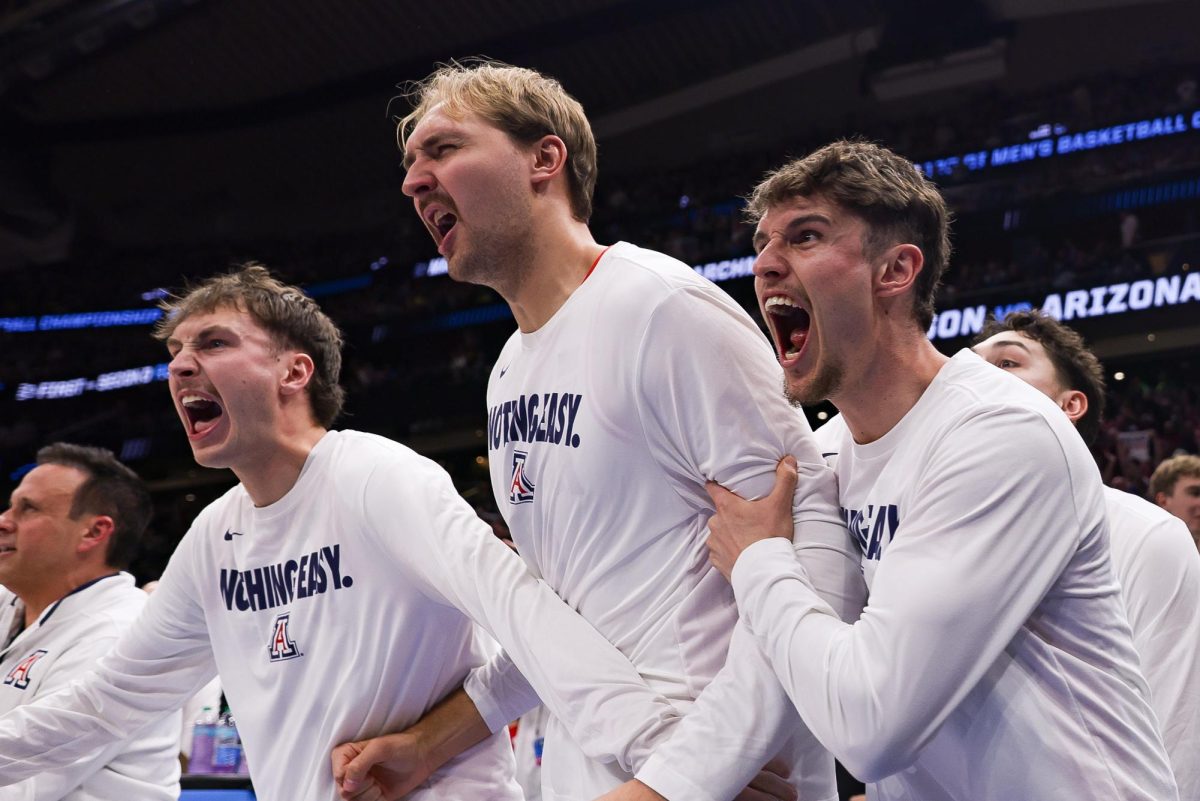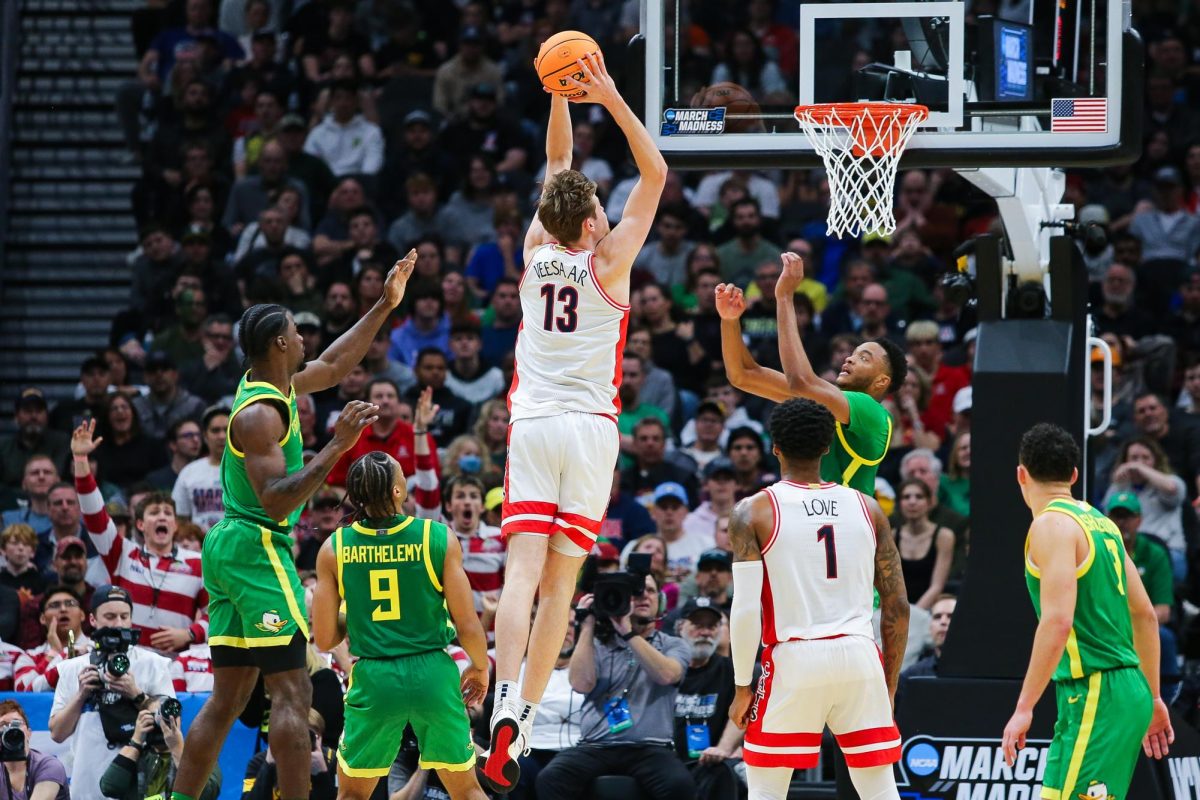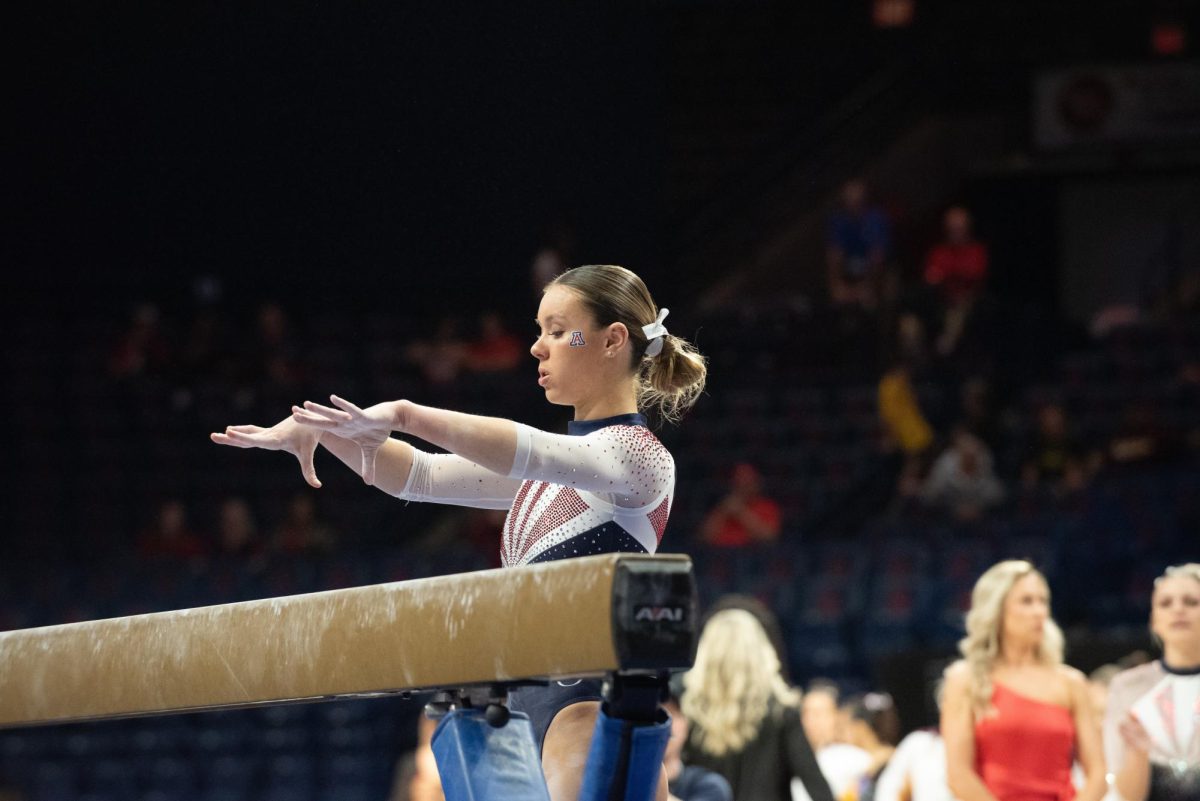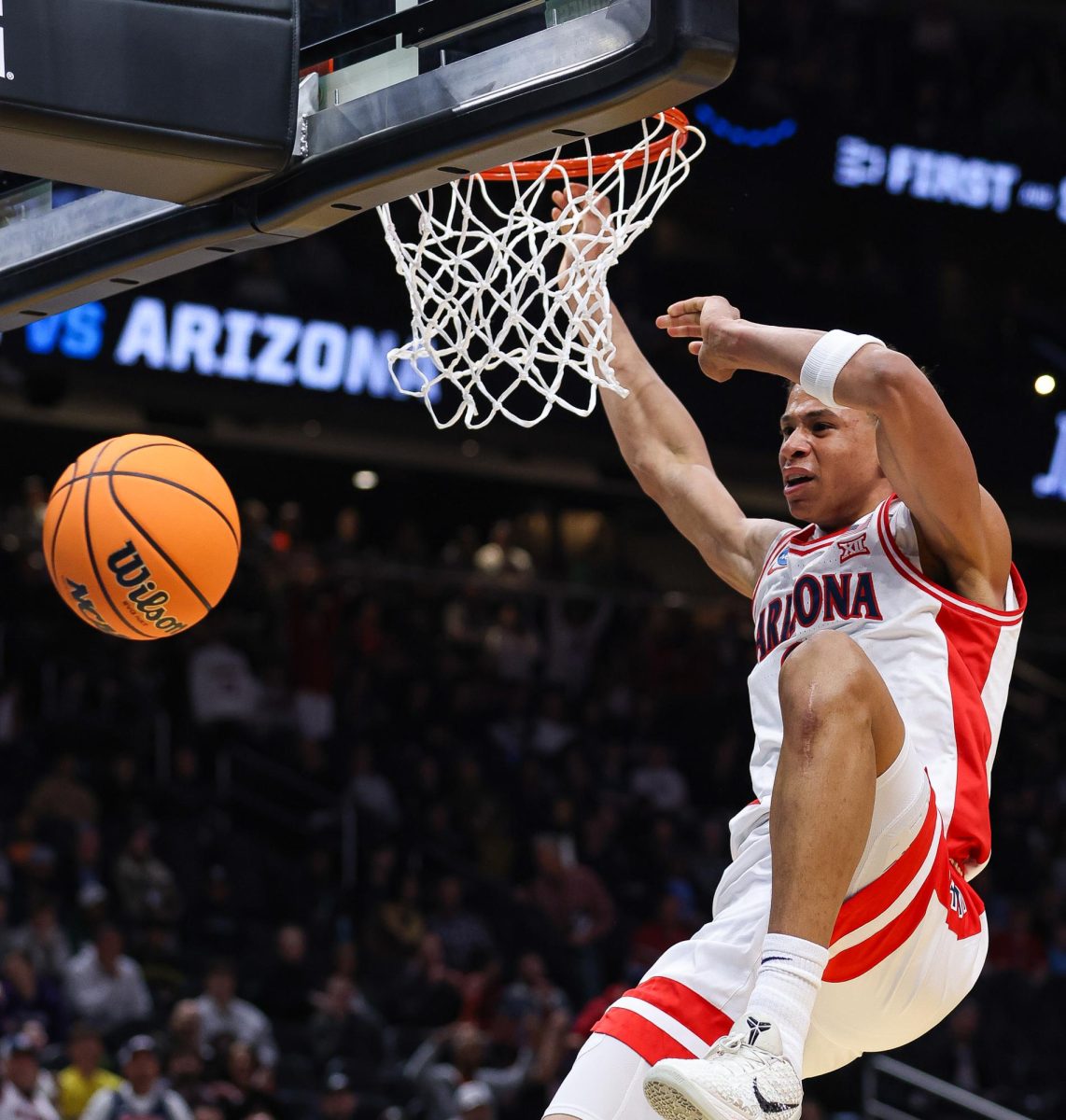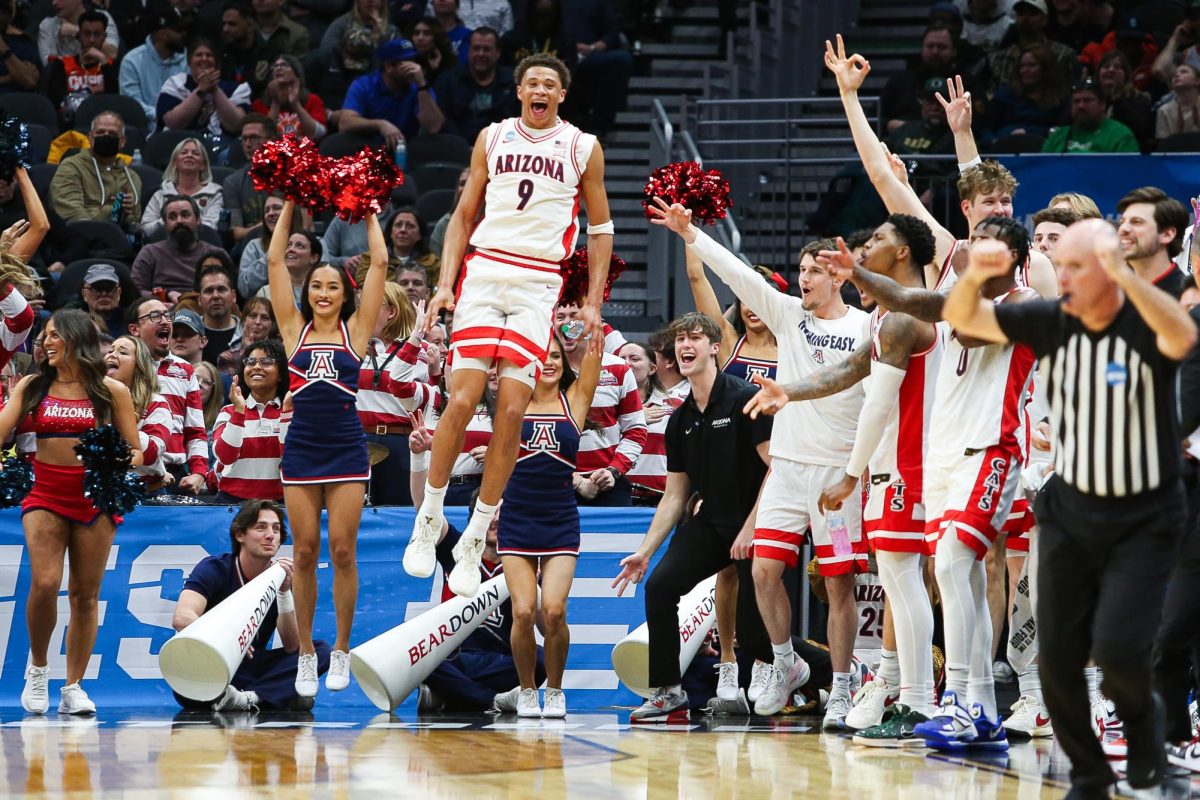Pro: More markets means more money
It’s all about money.
As the only Bowl Championship Series conference that plays its games outside the East Coast primetime window, the Pacific 10 Conference needs to do whatever it can to get as many eyes as possible.
Exposure is driven by television.
As all fans count down the days until the awful Fox Sports Net contract expires, the Pac-10 will probably be looking at its own television network.
Television drives money.
As its sister conference looks for an expansion — a 12th team in the Big 10 — so must the Pac-10 in order to remain aligned for the cash-cow bowl games.
Money drives everything.
The dream choice would be a lucrative Texas and Texas A&M pairing to the Pac-12 — would anybody care they’re nowhere near the ocean? (The Big East has a school in Wisconsin, get over it).
The most logical choices would be University of Utah and Brigham Young University, but the league insists on academic standards, seemingly forgetting about ASU’s 95 percent acceptance rate. Neither are research schools like the rest of the conference, but both Utah and BYU did — as everyone recalls — very, very well last football season.
And football is all that matters, because money is all that matters.
The wildcard option is University of Colorado at Boulder, despite already saying “”no thank you”” to the Pac-10 years ago. UC Boulder would bring the only missing big-league market, Denver, into the mix of the West Coast’s biggest cities (Phoenix, Los Angeles, San Francisco, Portland and Seattle).
While we’re looking at big cities, pair UC Boulder with University of Nevada, Las Vegas, and gain the Las Vegas market. The Rebels aren’t nearly where they need to be in football, but tell me a Pac-12 men’s basketball tournament wouldn’t draw everyone into Thomas & Mack Center for a weekend.
Regardless, the decision weighs heavily on television markets and football potential. Nobody wants to see the Pac-10’s stigma as an academic force erode for a few extra bucks, so the two new schools must be the perfect fit.
The nerds at California, Stanford, UCLA andUSC don’t want a San Diego State-type school becoming another outlier academically, but I’m sure those economics professors understand the nature of this business.
Because it all comes down to money.
Con: Competitive league fine as is
If it ain’t broke, don’t fix it.
The Pacific 10 Conference is a nearly perfect setup when it comes down to determining an outright winner.
Think about it.
Concerning the most profitable and most widely watched sports by fans, Pac-10 football and basketball currently can’t get any better. In football, teams play a round-robin once, whereas in hoops, each team will end up competing both at home and on the road against every other Pac-10 school.
Arizona basketball head coach Sean Miller has often called it the perfect way to “”crown a true champion.””
So why change it?
In either of the two major sports, there are no years where a second-tier team can catch a lucky break and avoid playing the conference power for a final championship. Other larger conferences settle that in football by playing a conference championship game, but why have that when you can have at least two just as important games in the same season — see this past year’s football season, where Oregon and Arizona squared off in a champion-implicating thriller which then led to another all-important Oregon State versus Oregon game for the conference title.
For basketball, teams are assigned as duos for travel — Arizona and ASU will go together to Oregon, Washington, Southern California and the Bay Area, for example — which then couples each team with a bitter rival.
Even if top-notch athletic schools like University of Nevada, Las Vegas; Brigham Young University; or University of Utah were added to the mix, it would push each pair of schools to miss a random series each year. No more round-robin.
So much for crowning a true champion. It’d be a mini-Bowl Championship Series debacle each and every year.
As is, the Pac-10 is wild every week — even if the basketball conference is having a down year — not just for one or two. And it’s the most accurate, though daunting, route for teams to win a regular season title.
No need for change.




